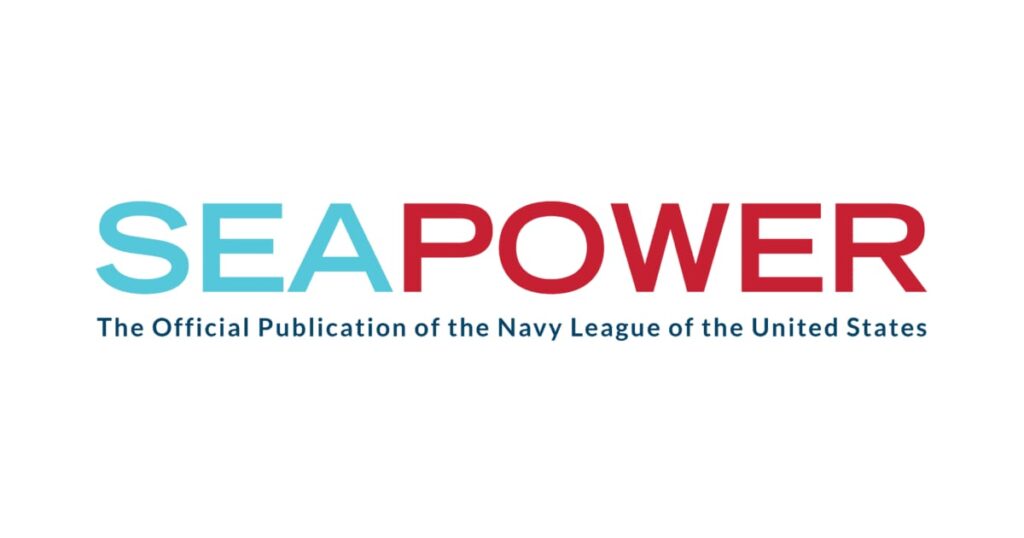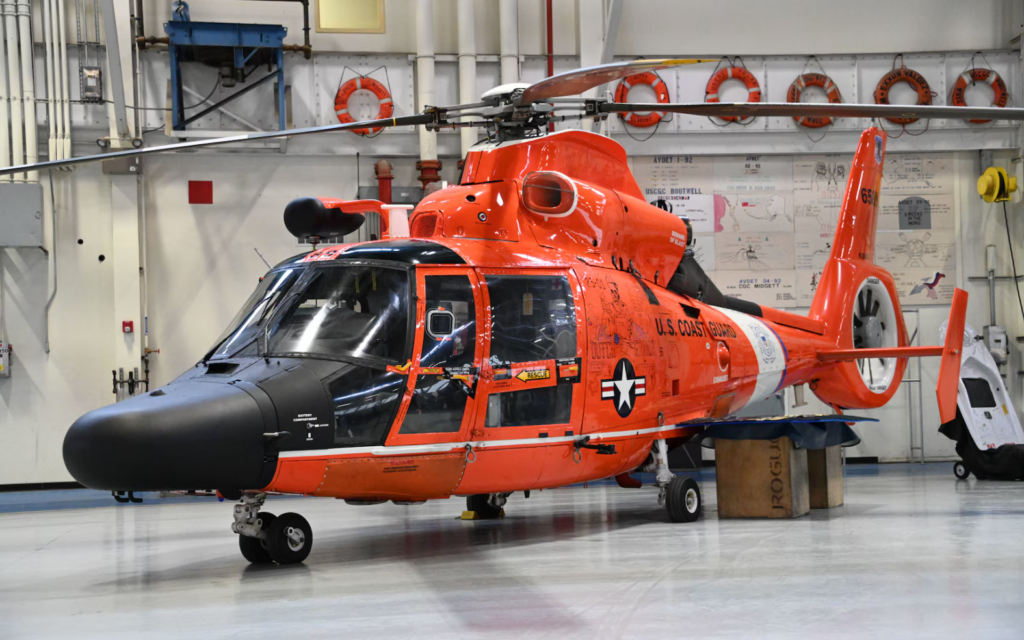Commander Marforpac Visits Palau

From Deputy AC/S, Communication Strategy & Operations
U.S. Marine Corps Forces, Pacific
April 26, 2024
CAMP H.M. SMITH, Hawaii – Lt. Gen. William M. Jurney, commander, U.S. Marine Corps Forces, Pacific, made an official visit to the Republic of Palau April 24-25, after participating in opening ceremonies for Exercise Balikatan in the Philippines.
The Republic of Palau is one of the Compact of Free Association states aligned with the United States, which provides defense, funding, and access to social services. Lt. Gen. Jurney’s visit to Palau underscores the importance and depth of commitment the United States has for the U.S.-Palau partnership.
“Palau has proven to be a long-standing friend of the United States in the Pacific. We thank President Whipps, Jr. for his steadfast support for the U.S. military presence, which helps maintain a free and open Indo-Pacific,” said Lt. Gen. Jurney. “We are grateful for the hospitality that Palau shows to the Marine Corps, and are proud of the contributions Marines have made to improving Palau’s infrastructure and serving the people of Palau.”
Previous deployments to Palau have seen U.S. Marines and Sailors provide expertise in engineering, medical, maritime law enforcement, and explosive ordnance disposal capabilities. Some of the projects Pacific Marines have recently undertaken in Palau include restoration of the Peleliu airstrip, the construction of a weapons firing range, and renovation of the Peleliu World War II Museum, significant because of the upcoming 80th anniversary commemoration of the battle for Peleliu on September 15.
“The Marines have a deep and enduring connection to the people of Palau, both through community service as well as the many Palauans who have served in the Corps,” said U.S. Ambassador to Palau Joel Ehrendreich.
Lt. Gen. Jurney pledged to build on the long history the Marine Corps shares with the people of Palau.
“We are committed to continuing the long and proud legacy of the Marine Corps working with the people of Palau as we secure and maintain a Free and Open Indo-Pacific.”
U.S. Marine Corps Forces, Pacific is the largest operational command in the Marine Corps. It comprises two-thirds of the Marine Corps’ active-duty combat forces, collectively known as the “Pacific Marines.” Pacific Marines serve as an expeditionary force-in-readiness. They operate as air-ground-logistics teams, and are forward positioned and actively employed throughout the Indo-Pacific every day. Pacific Marines live and work alongside the joint force and like-minded allies and partners to prevent conflict, respond to crisis, and if the Nation calls, to fight and win.







